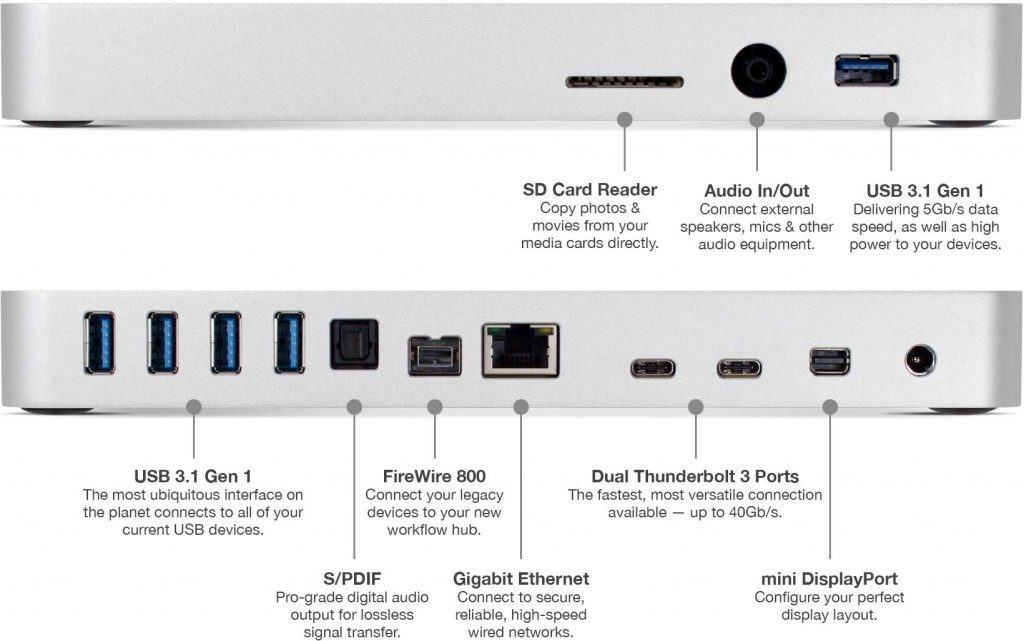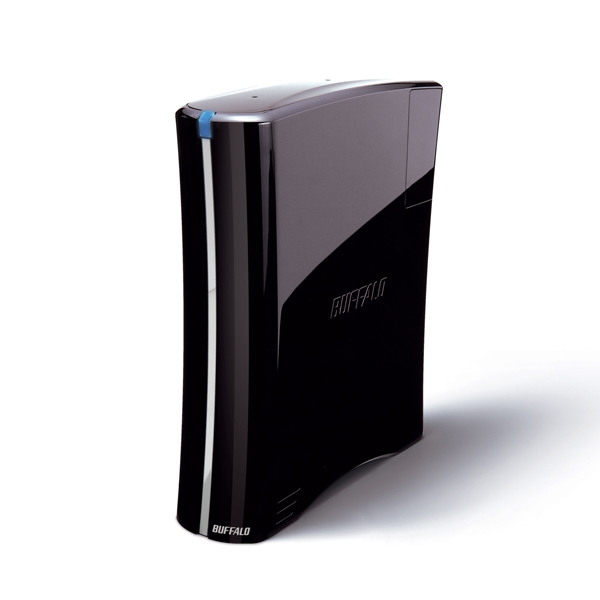
Either way, Thunderbolt 1 might get the job done for you, but I think it further makes the case for spending a bit more to be able to use Thunderbolt 3 (or 4) through a hub.Addressing the personal preferences of the Mac community, Seagate introduced a new collection of GoFlex for Mac external drives designed to make it easy for those who use Mac OS X and Time Machine to backup, shuttle, or share their digital content. I thought they had a Thunderbolt 2 version, but can't easily find it now might be worth a look. The one I linked to actually looks to be a Thunderbolt 1 interface (based on their speed rating), which has the same physical connector with Thunderbolt 2 and should work without difficulty. If you don't have a need for more ports then the Thunderbolt hub might be a bit of a waste, but I can always use more ports - so the hub is something that will still be useful to me even when I upgrade.Įdit: Transcend makes a few variations of that drive, I believe mostly with different drive sizes installed. While it's a bit more expensive than the JetDrive, the difference is that the JetDrive will just hold you back on speed and require an adapter when you upgrade your computer, whereas the Thunderbolt 3 drive will be able to operate at native speeds.

I then bought a Thunderbolt 3 enclosure and a standard SSD to put inside of it. What I did, instead, was to buy a Thunderbolt 3 hub (I chose the CalDigit TS3+ but there are quite a few good options), which I connected to my Mac with a Thunderbolt adapter.

However, it's quite expensive for what you're getting, considering it's a dead-end technology. I had originally planned to buy one and then possibly swap out the SSD blade inside (which I believe you can do, but memory is a bit hazy). As far as I could find, it's the only SSD enclosure with a Thunderbolt 2 interface.


 0 kommentar(er)
0 kommentar(er)
